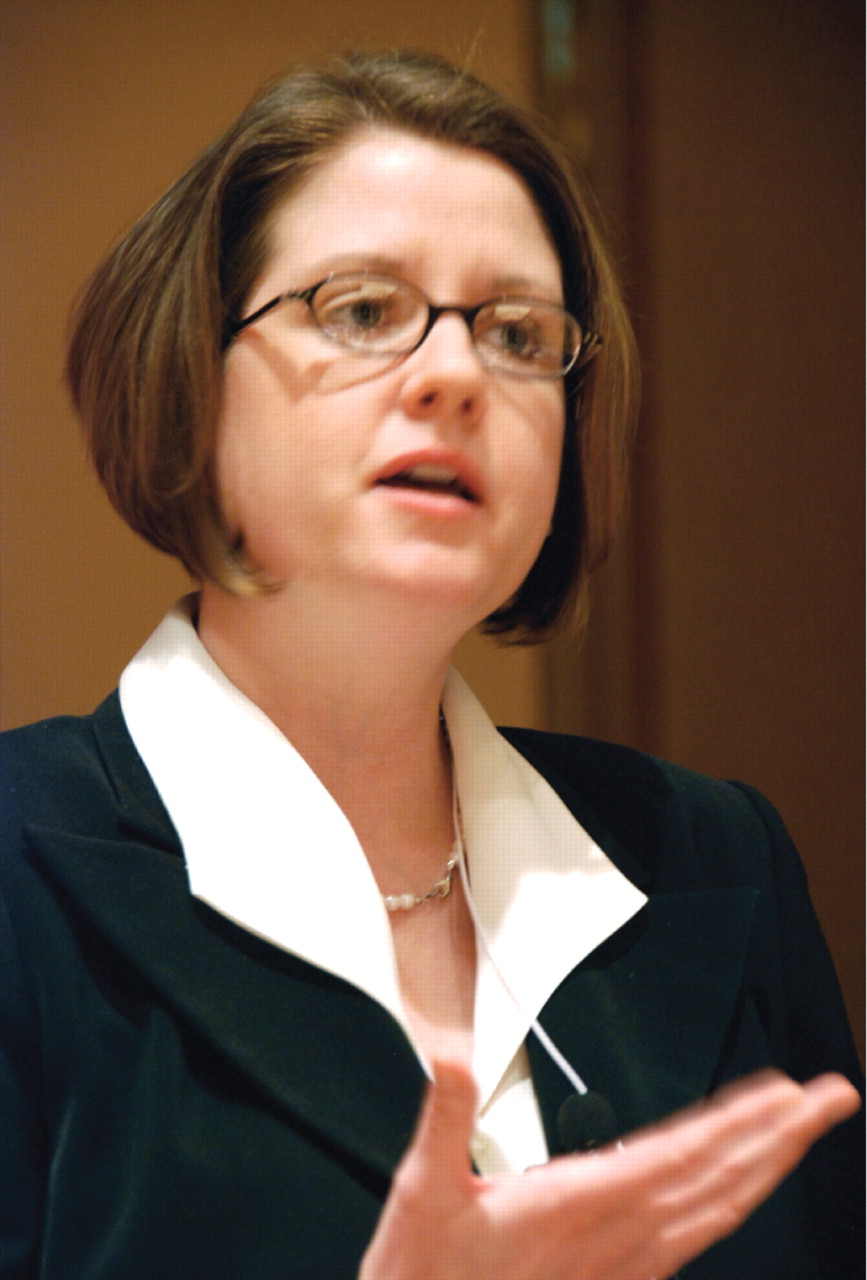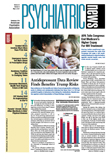Soldiers returning from war in Iraq and Afghanistan often bear the psychic scars of battle, but a closer understanding of their experience can help reintegrate them into civilian life and avoid overpathologizing their conditions, said two clinicians who have studied and treated posttraumatic stress disorder (PTSD).
“We need to move from an obsession with PTSD to focus on combat stress, injury prevention, and management,” said Charles Figley, Ph.D., a professor at Florida State University's College of Social Work and director of the university's Traumatology Institute and Psychosocial Stress Research Program
Figley spoke at a conference on mental health needs of returning soldiers and their families in Columbia, Mo., sponsored by the International Medical and Educational Trust at the University of Missouri.
Calling wartime trauma “combat stress injury” would place it in the same light as other war wounds: preventable and manageable, if sometimes irreversible, said Figley.
However, prevention and management must begin early, he said. Troops should acknowledge the likelihood and fact of injury beginning in boot camp. Before they are wounded, troops believe they are invulnerable and even after physical injury, often deny they are hurt. To a soldier, injury, whether physical or psychological, is a source of embarrassment. They have to move from denial to needing to talk about their injuries, said Figley.
Stress Compounded by Guilt
The actual experience of combat turns on its head the conventional idea of stress, which would suggest that stress was highest during actual combat, said Figley, a Marine veteran of the Vietnam War.
However, he said, stress is higher before battle, but drops during the fighting—when combatants are “in the groove”—and rises again afterward, as soldiers come to grips with their experience. Combat stress injury is some combination of postcombat trauma, fatigue, and grief, compounded by feelings of guilt. Guilt can arise from having survived when others may not and when soldiers ask themselves why they behaved as they did in the midst of battle.
“This war is harder than Vietnam because they are all volunteers and have high expectations for themselves,” said Figley. “It is much harder to forgive themselves for 'failing' in any way.”
Often core beliefs—say, that the world is benevolent and meaningful or that war objectives are noble—are damaged. Recovery means first getting soldiers to talk, to hear themselves, and to reconstruct a new set of beliefs about themselves, beliefs that allow for human weaknesses. They need help to overcome their shame, self-ridicule, and self-blame, he said. That requires a quality and continuity of care that are not always available, but inevitably involve civilian mental health practitioners. Professional organizations need to educate mental health personnel to mobilize gaps in care.
“The current paradigm is deficiency- and psychopathology-oriented,” he said.
Flawed System 'Insults the Soldier'
This paradigm leads to either a wide-spread denial of symptoms by soldiers or the overuse of medications. Finally, a flawed disability system only“ insults the soldier and discourages resiliency,” he said.
Caring for these veterans means encouraging resiliency, said Kelly Phipps, Ph.D., of the Harry S. Truman Memorial Veterans Hospital in Columbia, Mo., in a separate talk at the conference. “Emphasize what we can do, not what we can't do.”
Experiencing combat may lead to a number of psychiatric diagnoses, although the majority of veterans are not diagnosed with a mental disorder.
DSM-IV lists six PTSD criteria: a stressor, a time delay (at least one month), functional impairment or distress, and three symptoms: reexperiencing, avoidance, and psychological arousal. Even the most mundane experiences at home can recreate a sense of danger that recalls the war zone.
Phipps related stories about the “Wal-Mart effect.” When soldiers just back from patrolling the streets of Baghdad go into a big store, the large, open space and crowds of people can make them feel unprotected and anxious.
Of course, hypervigilance isn't pathological in Iraq or Afghanistan, but it becomes so upon returning home. Soldiers may be trained to face the emotional stress of the battlefield, but not to readjust to life back in the United States, she said.
(The U.S. Army's Battlemind program does address the stresses of functioning in war zones and ways to re-adapt when soldiers return home after deployment. Other elements of Battlemind, which was developed by the Walter Reed Army Institute of Research, make it clear that life-saving behavior on the battlefield can be dysfunctional at home or among family and educate spouses about the psychological effects they may see in their loved ones during deployment or after they return.)
The three symptomatic clusters of DSM-IV criteria—reexperiencing, arousal, avoidance—don't reveal the full effect of trauma, said Phipps.
Intrusions—nightmares and flashbacks—are sensory experiences, but the PTSD model doesn't include cognitions—the assumptions, appraisals, thoughts, and beliefs that help people make sense of what they experience, she said. Also, while psychological arousal typically involves fear and anger, emotions like sadness, disgust—and most importantly—guilt, play important roles, too.
But many of today's troops don't have time for a natural readjustment process. Upon their return, they immediately try to assume old roles as spouses or parents go back to civilian jobs. (Studies have shown that National Guard and Reserve soldiers return to work within two weeks, on average, for instance.) But such quick reimmersion into civilian life too often means thrusting aside any real readjustment as veterans “don't have time to deal with it.”
That sets them up for avoidance, said Phipps. Avoidance to her means a whole range of dysfunctional behaviors: aggression, self-harm, substance abuse, social withdrawal, and others. Those lead to diagnosable Axis I or II disorders, she said.
“Therefore, the number-one thing we can do to help vets is to prevent avoidance,” said Phipps, who admitted that she's not offering a magic bullet. “They don't need to hear 'Get over it,'” she said.“ We should be saying, 'Get through it.'”
There are a lot of different treatments that work, and it's not worth arguing about what works best, she said. These include prolonged exposure to stressors, cognitive therapy, psychopharmacology, and cognitive processing therapy (CPT). The choice should be what works best for the individual. At present, she is exploring CPT at her hospital. CPT has been tested in clinical trials with victims of rape or childhood sexual abuse and with Vietnam veterans, and she has found that it offers rapid gains to the patient. The VA is about to roll out a CPT program nationally, she said.
Both speakers emphasized approaches reducing the stigma attached to the mental effects of war on its participants.
“We need a paradigm shift from psychopathology to resilience and recovery,” concluded Figley. Or, as Phipps put it, “I would like to take the 'D' out of PTSD.”
Information on the U.S. Army's Battlemind program is posted at<www.battlemind.org/documents/PDHRA_Battlemind_Training_Brochure.pdf>.▪

